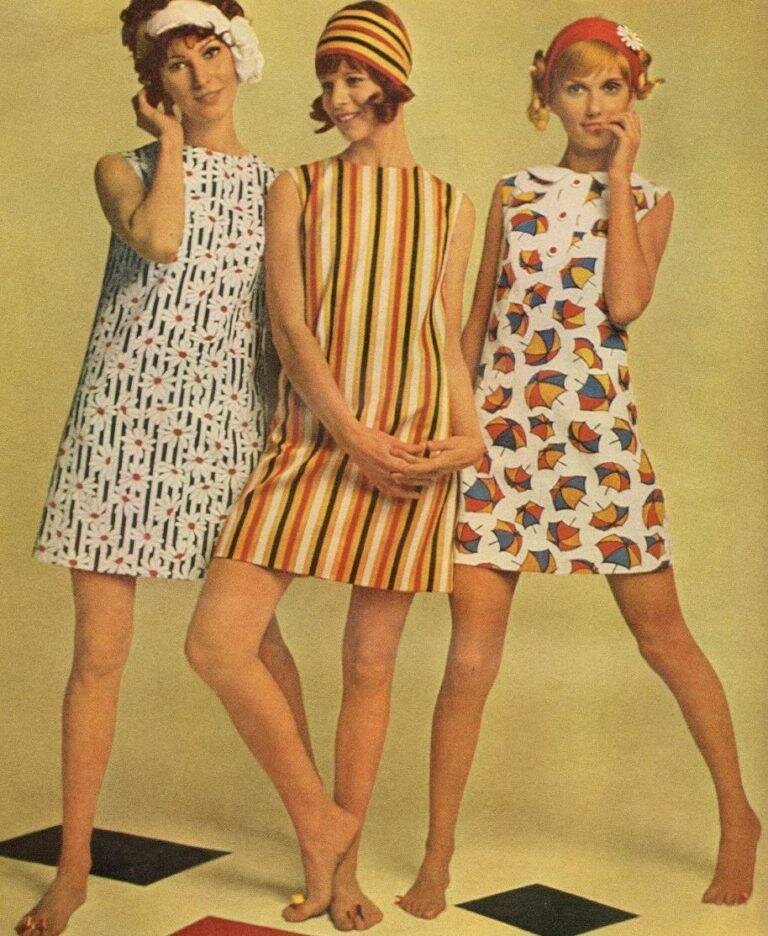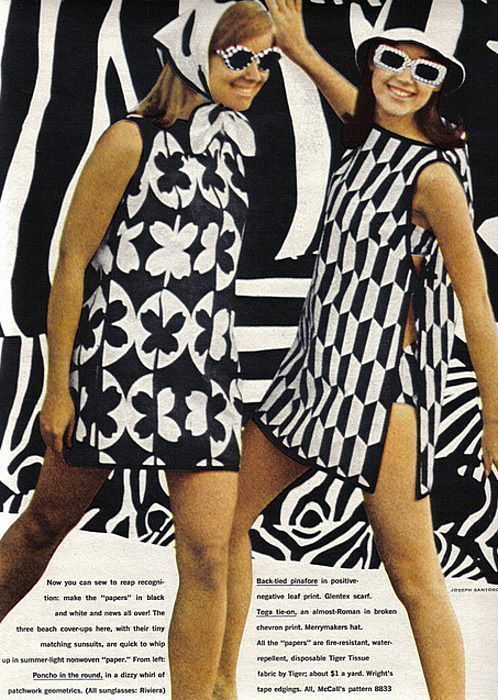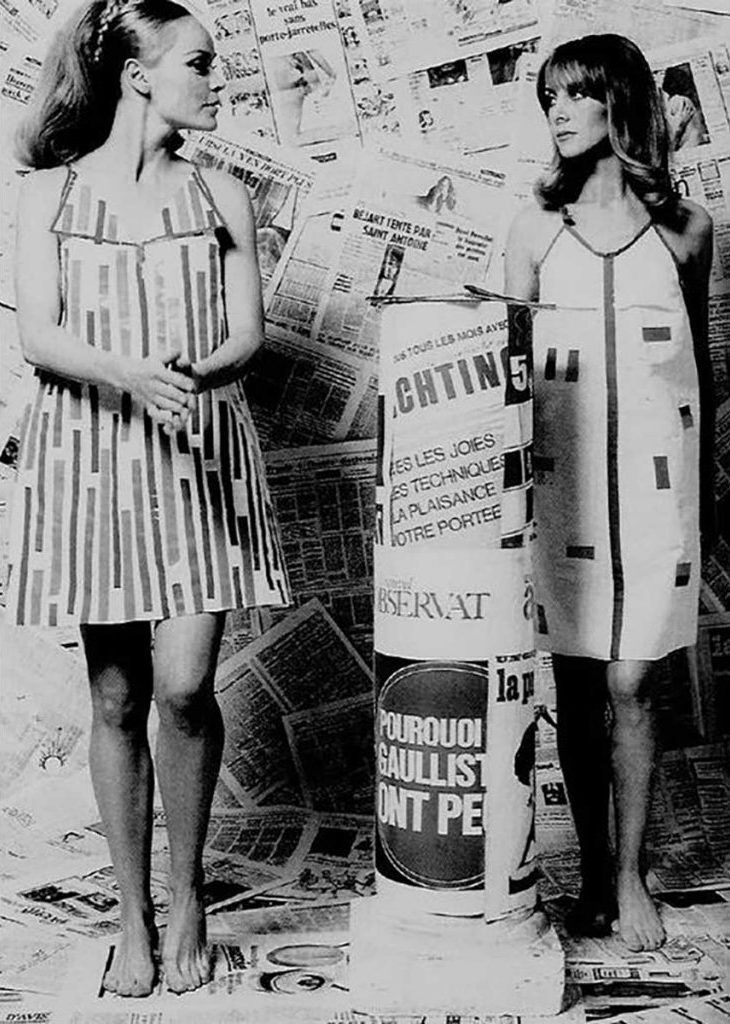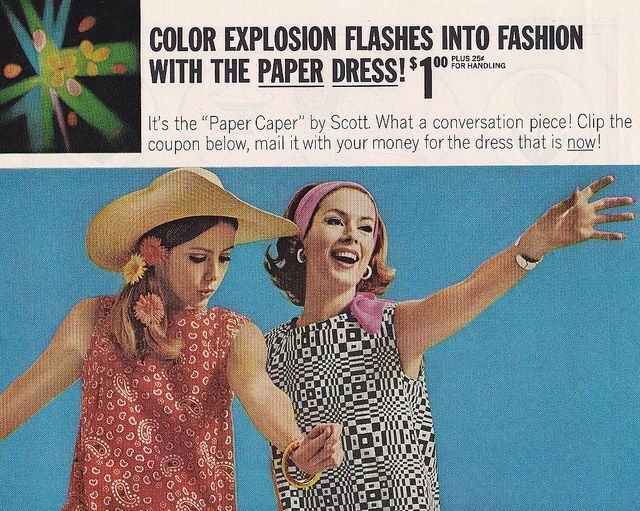Unwearable fashion is one of the main trends of recent years. Every season (or more often), brands from young to old launch coveted products that are admired but cannot be worn. Or wear it, but suffer. Loewe metal jacket, Dilara Fındıkoğlu hairpin dress, MSCHF Astro Boy toy boots and Masie Wilen paper top are definitely on the list of such things.

By the way, about the paper. Things made from this fragile material were especially popular in the 1960s. And the trend itself was born completely by accident. The fact is that in 1966 the Scott Paper Company, specializing in special hygiene accessories and toilet paper, ran an unusual advertising campaign. The brand offered the girls inexpensive, disposable embossed paper dresses that cost just over a dollar. It is not surprising that the budget novelty immediately began to be in demand among urban fashionistas.
-

Paper dresses, 1960s -

Paper dresses, 1960s
It is worth immediately clarifying that the dresses are not made entirely of paper, but from Dura-Weve material, designed for medical products and protective overalls for doctors. However, it was still very useless and fragile. Any rain, spilled wine or greasy stain indicates only one thing – you need to say goodbye to the dress. However, the low price paid off, and the demand for the product grew exponentially.
-

Paper dresses, 1960s -

Paper dresses, 1960s
After a while, Mars Manufacturing caught on trend and released a number of things made of paper, including even a wedding dress. And then Mars of Asheville came in and collaborated with Andy Warhol, who gave a master class on paper dress painting. Yes, yes, paper elements and watercolors were added to the set.

True, after a few years the trend came to naught and dresses went out of fashion, but forever remained in history and archive photos.
Source: People Talk
Elizabeth Cabrera is an author and journalist who writes for The Fashion Vibes. With a talent for staying up-to-date on the latest news and trends, Elizabeth is dedicated to delivering informative and engaging articles that keep readers informed on the latest developments.





